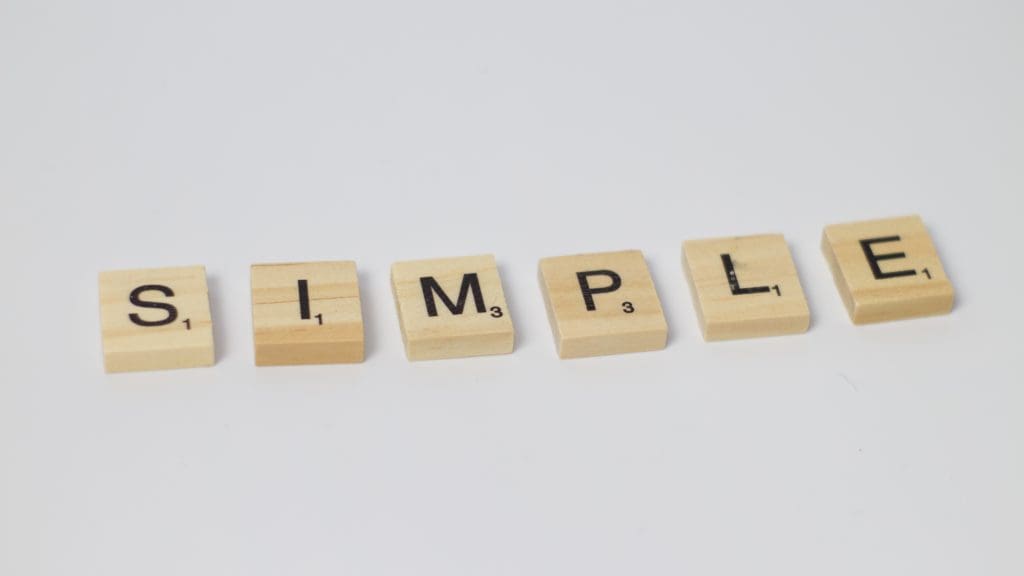
I watched several problems unravel recently, and I have watched the commentary on multiple platforms proposing that “the simple solution to this is…” or “if they just did…”. It’s simple and so logical, isn’t it? Of course, it is. That’s why so many people quickly agree with the simple solution; it’s so obvious! This reminds me of Mencken’s oft-cited quote, “For every complex problem, there is an answer that is clear, simple and wrong”. Why?
Problems, which we often interpret as an outcome we don’t like or something we want “fixed” to make life easier, particularly when it involves working in or with large organisations, often look simple when looked at only through our own perspective and a short-term timeframe.
In our work (and our society), there are very few issues we confront that do not involve complex systems, described as those whose behaviour is intrinsically difficult to model due to the dependencies, competitions, relationships, or other types of interactions between their parts or between a given system and its environment.
In fact, most of them are complex adaptive systems because they have the capacity to change and learn from the experience, for example, in human social group-based endeavours in cultural and social systems. Systems that are “complex” have distinct properties that arise from these relationships, such as nonlinearity, emergence, spontaneous order, adaptation, and feedback loops, among others. Change a rule, and people start changing their behaviours to comply with, adapt to, or resist it.
What if, as described by Paul Batalden, “every system is perfectly designed to achieve the results it displays”? And we accept Galls’ Law, which says, “A complex system that works is invariably found to have evolved from a simple system that worked. A complex system designed from scratch cannot be patched up to make it work. You have to start over with a working simple system”.
Some of these systems have evolved over generations, some of them only recently, but they all overlap at the point of intersecting right where we are right now; that’s why we perceive it as a problem.
When our focus is on a result we don’t like, we are often honed in on a particular part of the “system” in play, and the simple solution we propose may be either a band-aid or a metaphorical wrench thrown into the system, leading to a range of unintended consequences – outcomes of purposeful action that are not intended or foreseen., some of which may be beneficial, some may be drawback and some which may be completely perverse outcomes, the antithesis of what we hoped to achieve. More often than not, our proposed “solution” is aimed at getting someone else to do something to fix our problem!
Seth Godin recently posed the question about whether or not we are facing a problem or a situation – with a problem being something with a solution and a situation being something we have to live with, noting that “some problems get better if we’re willing to talk about them. Some situations, on the other hand, simply get worse when we focus our energy and community on them.”
So when you think about that “problem” of yours, is it something you are really prepared to work on, understand the complexity involved and be willing to work on its solution, knowing it may take a long time, not be easy, and will likely result in things you don’t expect OR are you just unnecessarily adding to the social angst about something we have to live with?
